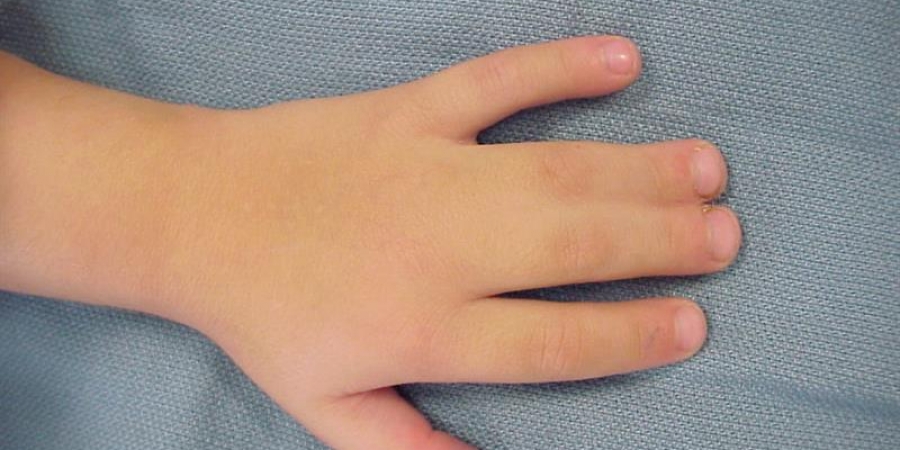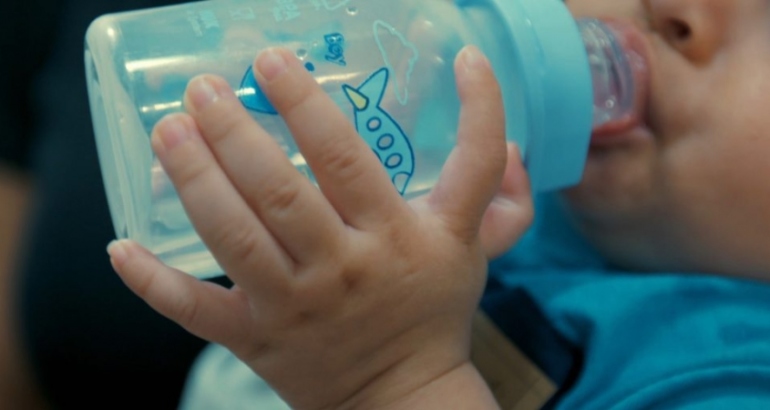Syndactyly means that two or more fingers are stuck together. When the hands and feet are first formed during pregnancy, all fingers are stuck together. The fingers are separated from each other as a result of the regression of the tissue connections between the fingers in later pregnancy. Problems that may occur during this period of development prevents the separation of fingers causes syndactyly.
Syndactyly is one of the most common congenital anomalies of the hand. 50 percent can be at the same time in two hands. 10 to 40 percent may be hereditary. Mostly between the middle finger and the ring finger. The syndactyly between the ring finger and the little finger is the second most common. Syndactyly between the thumb and index finger and the index finger and middle finger are less common. Syndactyly may occur alone or in some cases with other hand anomalies or anomalies in other parts of the human body. Therefore, the baby with syndactyly should be checked for the presence of other anomalies.
In syndactyly, the adhesion between the fingers may extend through the entire finger to the fingertip or may remain at a shorter distance before reaching the fingertip. Adhesion may include only soft tissue, or may be associated with soft tissue, particularly the bones in the tip of the finger. In some advanced cases and in some syndromes, it can be seen that all fingers are attached.



